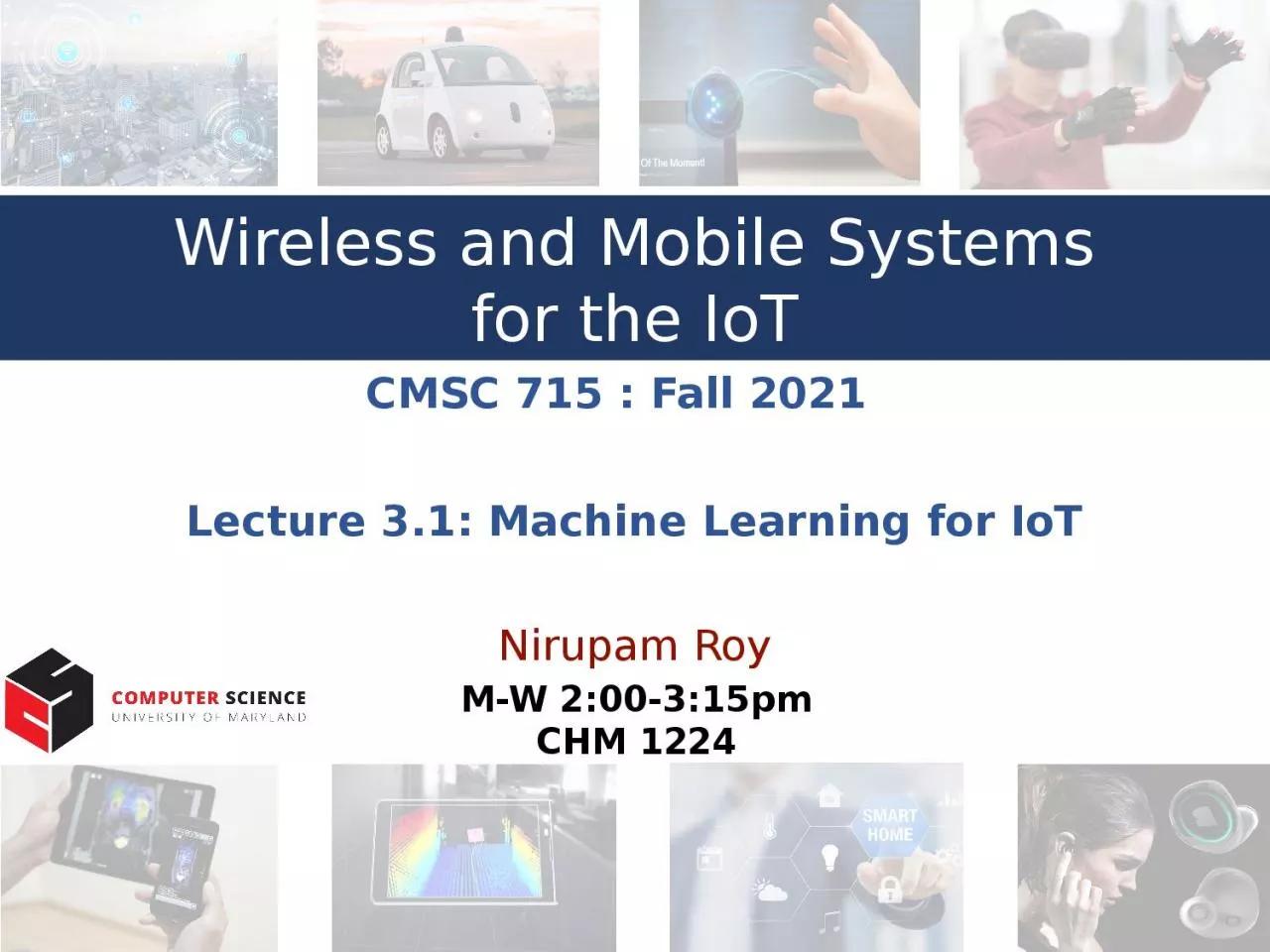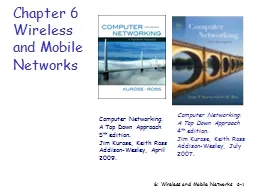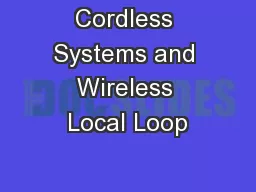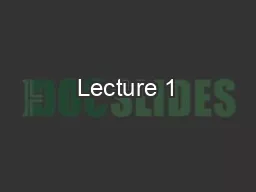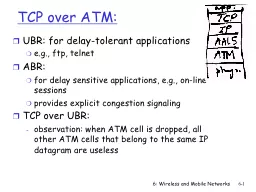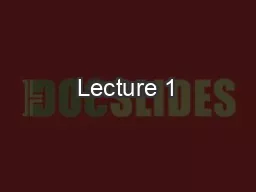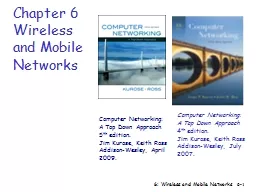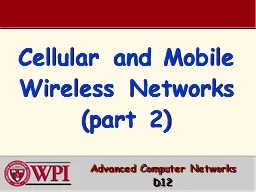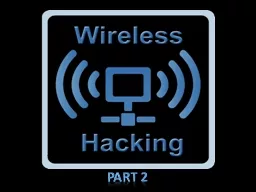PPT-Wireless and Mobile Systems
Author : bety | Published Date : 2022-06-08
for the IoT Nirupam Roy MW 200315pm CHM 1224 CMSC 715 Fall 2021 Lecture 31 Machine Learning for IoT Happy or sad Happy or sad Happy or sad Happy or sad Past experience
Presentation Embed Code
Download Presentation
Download Presentation The PPT/PDF document "Wireless and Mobile Systems" is the property of its rightful owner. Permission is granted to download and print the materials on this website for personal, non-commercial use only, and to display it on your personal computer provided you do not modify the materials and that you retain all copyright notices contained in the materials. By downloading content from our website, you accept the terms of this agreement.
Wireless and Mobile Systems: Transcript
Download Rules Of Document
"Wireless and Mobile Systems"The content belongs to its owner. You may download and print it for personal use, without modification, and keep all copyright notices. By downloading, you agree to these terms.
Related Documents

